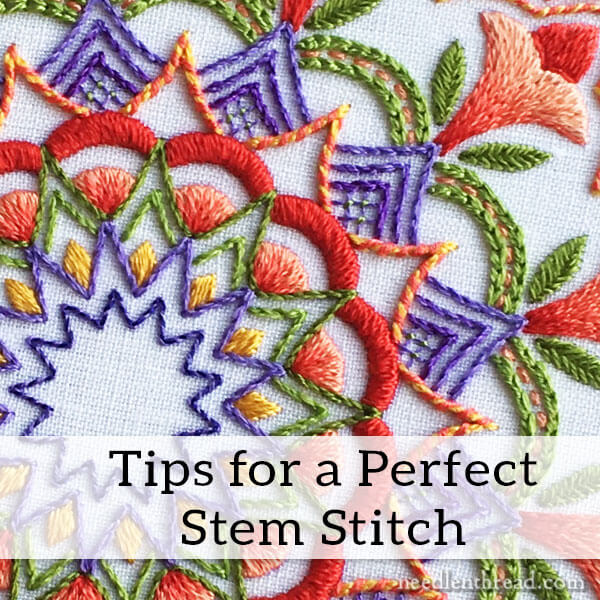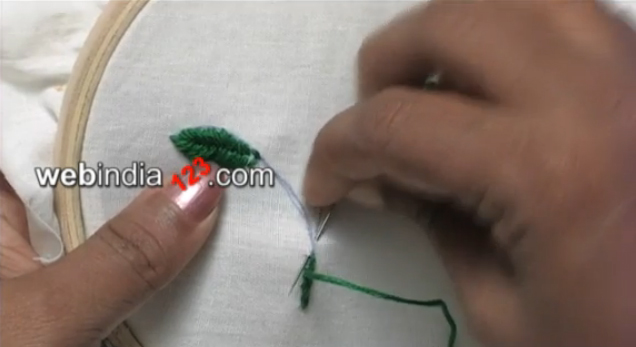


Now, I could make a sharp “corner” here where the loop runs into the back of the “q”, but instead of doing that, I’m going to make a smooth, tight curve here. As I progress around the curve, I’ll simply turn my hoop, so that I can keep the same direction with ease.Īs I round the curve and come to the top of the head on the “q,” I am back to working right-side-up again. To keep the stitch direction from left to right (I am right handed), I turned the work over. I will be traveling from the base of the circle on the “q” around to the top of the circle, down the long tail, and then up and around the curl on the tail. To begin, I’m going to anchor my thread just as I did in the first backstitch lettering lesson. To change the placement of the thread as you round a curve in order for the stitches to hold themselves in the curve will mar the look of your stem stitch. Now, these principles of stitching direction and thread placement hold true, even when traveling around curves. Needle / Thread placement: For left handed stitchers, the working thread should always be above the needle, above the stitching line. Even if you are stitching vertically, if you “turn the hoop” in your mind’s eye, the line should always be moving from right to left. Stitching Direction: For lefties, when you stitch a line horizontal to the floor, it will always travel from the right to the left. Needle / Thread placement: For right handers, when looking at your horizontal line that is moving from left to right, the working thread always hangs below the line, below the needle. It is true that you can move your hoop around and work the stitches vertically, but for right handers, whenever you consider the line you are stitching as horizontal to the floor, you will notice that, if you’re working stem stitch, the direction of your line is going to be from left to right. Stitching Direction: For righties, stem stitch always travels left-to-right. Now, with stem stitch, whether you are right handed or left handed is an important consideration, so let’s first clarify some stitching directions for both types of stitchers. The best way to keep your stem stitch always looking right as you embroider words is to first establish your stitch direction. I’ll try to eliminate both of those difficulties in this tutorial.īefore venturing into the tutorial, you might want to take a look at my stem stitch video to get the hang of the motion of the stitch, and you might find it useful to read this article on stem stitch vs.

There are two real difficulties with stem stitch: stitch direction and curves. Stem stitch is a beautiful rope-like hand embroidery stitch that works great for writing with a needle and thread.


 0 kommentar(er)
0 kommentar(er)
